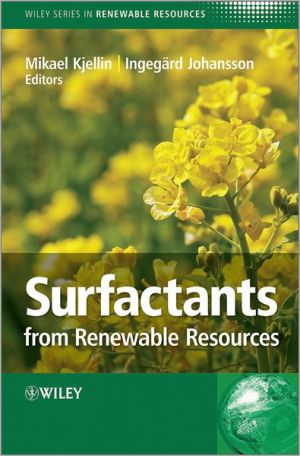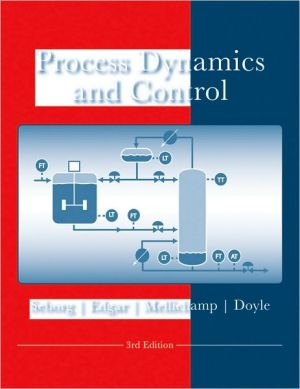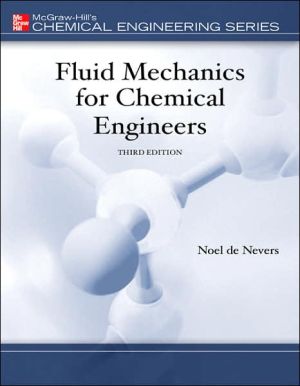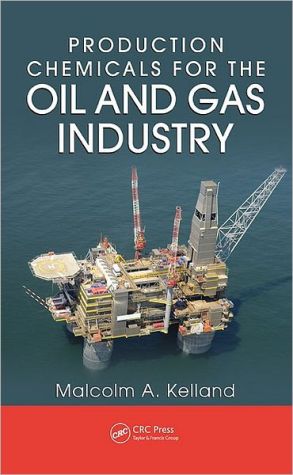Surfactants from Renewable Resources
Most modern surfactants are readily biodegradable and exhibit low toxicity in the aquatic environment, the two criteria for green surfactants. However the majority are synthesised from petroleum, so over the past decade the detergent industry has turned its attention to developing greener routes to create these surfactants via renewable building blocks.\ Surfactants from Renewable Resources presents the latest research and commercial applications in the emerging field of sustainable...
Search in google:
Most modern surfactants are readily biodegradable and exhibit low toxicity in the aquatic environment, the two criteria for green surfactants. However the majority are synthesised from petroleum, so over the past decade the detergent industry has turned its attention to developing greener routes to create these surfactants via renewable building blocks. Surfactants from Renewable Resources presents the latest research and commercial applications in the emerging field of sustainable surfactant chemistry, with emphasis on production technology, surface chemical properties, biodegradability, ecotoxicity, market trends, economic viability and life-cycle analysis. Reviewing traditional sources for renewable surfactants as well as recent advances, this text focuses on techniques with potential for large scale application. Topics covered include: • Renewable hydrophobes from natural fatty acids and forest industry by-products • Renewable hydrophiles from carbohydrates, amino acids and lactic acid • New ways of making renewable building blocks; ethylene from renewable resources and complex mixtures from waste biomass • Biosurfactants • Surface active polymers This book is a valuable resource for industrial researchers in companies that produce and use surfactants, as well as academic researchers in surface and polymer chemistry, sustainable chemistry and chemical engineering.
Series Preface Preface Acknowledgements List of Contributors Part 1: Renewable Hydrophobes 1. Surfactants based on natural fatty acids,Martin Svensson 1.1 Introduction and History 1.2 Fats and Oils as Raw Materials 1.3 Fatty Acid Soaps 1.4 Polyethyleneglycol Fatty Acid Esters 1.5 Polyglycerol fatty acid esters 1.6 Conclusions References2. Nitrogen Derivatives of Natural Fats and OilsRalph Franklin 2.1 Introduction 2.2 Manufacture of Fatty Nitrogen Derivatives 2.3 Production Data 2.4 Ecological Aspects 2.5 Biodegradation 2.6 Properties of Nitrogen-based Surfactants 2.7 Applications 2.8 Conclusions References 3. Surface-Active Compounds as Forest-Industry By-ProductsBjarne Holmbom, Anna Sundberg and Anders Strand 3.1 Introduction 3.2 Resin and Fatty Acids 3.3 Sterols and Sterol Ethoxylates 3.4 Hemicelluloses Acknowledgement ReferencesPart 2: Renewable Hydrophiles 4. Surfactants based on Carbohydrates and Proteins for Consumer Products and Technical ApplicationsKarlheinz Hill 4.1 Introduction 4.2 Raw materials 4.3 Products and Applications 4.4 Conclusion5. Amino acids, lactic acid and ascorbic acid as raw materials for biocompatible surfactants Carmen Moran, Lourdes Perez, Ramon Pons, Aurora Pinazo and Mª Rosa Infante 5.1 Introduction 5.2 Production of raw materials 5.3 Lysine based surfactants 5.4 Lactic acid based surfactants 5.5 Ascorbic acid based surfactants References Part 3: New ways of making renewable building blocks6. Synthesis of ethylene, propylene from ethanol or methanol Anna Lundgren and Thomas Hjertberg 6.1 Introduction 6.2 Why Produce Ethylene from Renewable Resources? 6.3 Production of Ethylene from Renewable Feed Stock 6.4 Commercialization of Bioethylene 6.5 Environmental Impact of Bioethylene 6.6 Certificate of Green Carbon Content 6.7 Concluding Remarks References7. Fermentation based building blocks for renewable resource based surfactantsKrisArvid Berglund, Ulrika Rova, David B. Hodge 7.1 Introduction 7.2 Existing and Potential Classes of Surfactants from Biologically-Derived Metabolites 7.3 Fermentation-Based Building Blocks with Large Existing Markets 7.4 New Fermentation-Based Building Blocks Conclusion References Part 4: Biosurfactants8. Enzymatic synthesis of biosurfactants,Patrick Adlercreutzand Rajni Hatti-Kaul 8.1 Introduction 8.2 Enzymes as catalysts for synthesis of surfactants 8.3 Enzymatic synthesis of polar lipids useful as surfactants 8.4 Carbohydrate esters 8.5 Fatty amide surfactants 8.6 Amino acid-based surfactants 8.7 Alkyl glycosides 8.8 Future prospects Acknowledgement References9. Surfactants from waste biomassFlor Yunuen Garcia-Becerra, David Grant Allen, and Edgar Joel Acosta 9.1 Introduction 9.2 Surfactants obtained from biological transformation of waste biomass 9.3 Surfactants obtained from chemical transformation of waste biomass 9.4 Summary and outlook 9.5 References 10. Lecithin and PhospholipidsWillem van Nieuwenhuyzen 10.1 Introduction 10.2 Sources and production 10.3 Composition 10.4 Quality and analysis of lecithins 10.5 Modification 10.6 Emulsifying properties 10.7 Applications 10.8 Legislation and reach 10.9 Conclusion References11. Sophorolipid and rhamnolipid synthesis and their application in cleaning productsDirk Develter and Steve Fleurackers 11.1 Sophorolipids 11.2 Derivatives of native sophorolipids 11.3 Biosynthesis of novel sophorolipids 11.4 Rhamnolipids 11.5 Cleaning applications using sophorolipids and rhamnolipids References 12. Saponin based surfactantsWieslaw Oleszek and Arafa Hamed 12.1 Introduction 12.2 Molecular properties 12.3 Sources of saponins 12.4 Saponins as emulsifiers and surfactants 12.5 Application of saponins as surfactants and emulsifiers References Part 5: Polymeric surfactants/Surface active polymers 13. Surface active polymers from celluloseLeif Karlson 13.1 Introduction 13.2 Structure and synthesis of cellulose ether 13.3 Cellulose ethers in aqueous solution 13.4 Interaction with surfactants 13.5 Clouding References 14. New developments in the commercial utilisation of lignosulfonatesRolf Andreas Lauten, Bernt O. Myrvold and Stig Are Gundersen 14.1 Introduction 14.2 Lignosulfonates 14.3 Lignosulfonate production 14.4 Environmental issues 14.5 Lignosulfonates as stabilisers for emulsions and suspoemulsions 14.6 Superplasticizers for concrete 14.7 Summary Acknowledgements References 15. Dispersion stabilizers based on inulinTharwat F. Tadrosand Bart Levecke 15.1 Introduction 15.2 Solution Properties of long-chain inulin and hydrophobically modified inulin (HMI) 15.3 Interfacial Aspects of HMI at Various Interfaces 15.4 Emulsions Stabilized Using HMI 15.5 Emulsion Polymerization Using Hydrophobically Modified Inulin (HMI) 15.6 Use of HMI for Preparation and Stabilisation of Nano-Emulsions References
\ From the Publisher"The book is highly concentrated on technical aspects with big expertise in the different production technologies, it aims to be used as a chemical and technical reference for industrial and academic researchers in this field." (Encyclopedia of Industrial Biotechnology, 30 August 2011)\ \








